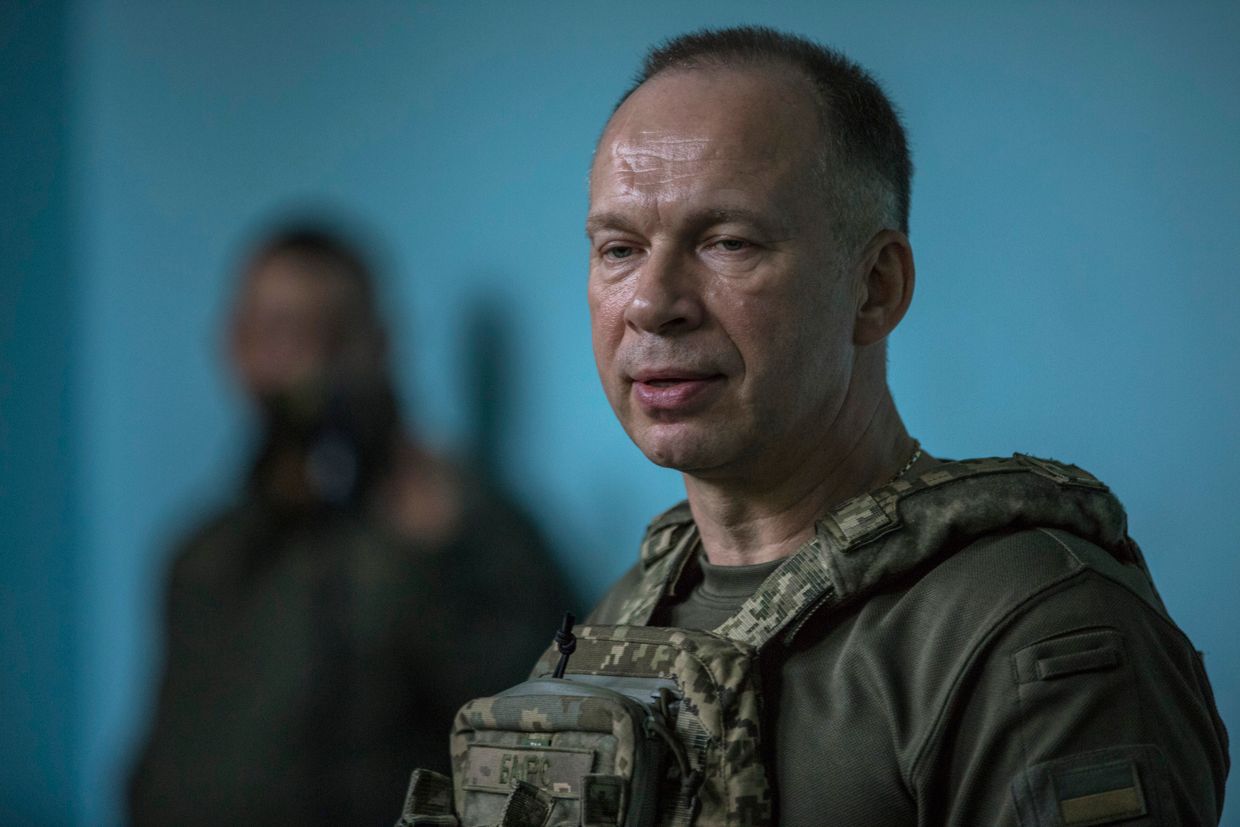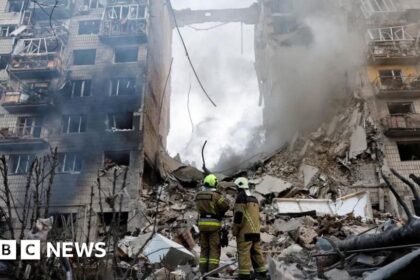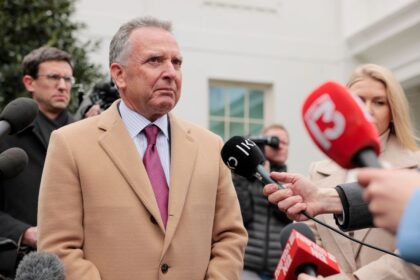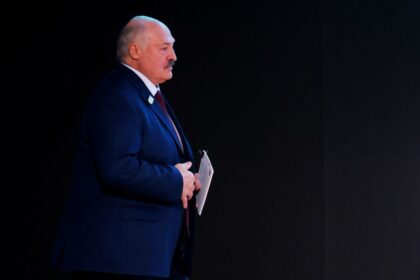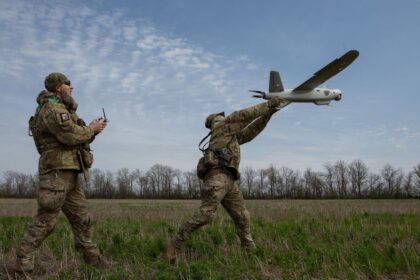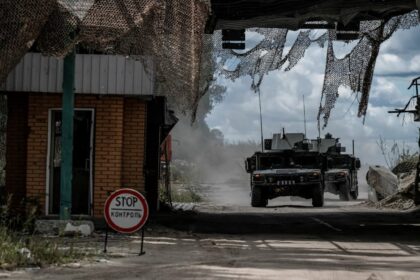**Ukraine’s Military Aid Shift: US Decreases Support, Europe Takes the Lead**
In a recent interview with LB.UA, Commander-in-Chief Oleksandr Syrskyi revealed that the United States has decreased its military assistance to Ukraine. This shift comes as European countries are now providing the main portion of aid to Kyiv.
**The Changing Landscape of US-Ukraine Relations**
Historically, Washington has been Ukraine’s leading military donor since the outbreak of Russia’s full-scale war in 2022. However, President Donald Trump’s accession to office brought a significant change in U.S. policy on the Russia-Ukraine war. While Trump has allowed the continued flow of assistance approved by former U.S. President Joe Biden, he has yet to sign off on any new packages.
**European Countries Step Up**
Despite the uncertainty surrounding US support, European countries have pledged further aid packages for Ukraine. This is in line with the Trump administration’s urging Europe to take more responsibility for its own security and increase its share of aid for Ukraine. Syrskyi emphasized that while foreign support is crucial, Ukraine must also rely on its own strength.
**Ukraine’s Domestic Defense Production**
In a bid to reduce its reliance on foreign support, Ukraine has ramped up its domestic defense production over the past years. The country’s 2025 budget allocated Hr 55 billion ($1.3 billion) for weapons production. President Volodymyr Zelensky recently stated that around 40% of the weapons and equipment used by Ukraine on the battlefield are Ukrainian-made, while the U.S. contributes roughly 30%.
**Commentary**
This shift in military aid highlights the evolving dynamics between Ukraine, the US, and Europe. While the US has been a significant player in supporting Ukraine’s war effort, European countries are now taking on a more prominent role. This change may be driven by the Trump administration’s desire to reduce its involvement in the conflict or to emphasize European responsibility for security.
From Ukraine’s perspective, this development presents an opportunity to boost domestic defense production and reduce reliance on foreign support. The country’s military leadership is focusing on developing its own capabilities, as evidenced by the allocation of funds for weapons production and the reported successes in producing artillery, electronic warfare equipment, and drones.
**Deeper Analysis**
The decrease in US military aid may indicate a broader change in US policy towards Ukraine. It could also reflect a shift in priorities within the Trump administration or a desire to offload some of the burden onto European countries. This move by Europe to take on more responsibility for Ukraine’s security demonstrates their commitment to supporting Kyiv in its conflict with Russia.
However, this development may also raise concerns about the sustainability and effectiveness of military aid coming from multiple sources. Coordinating and managing aid packages can be complex, particularly when different countries have varying levels of involvement. Furthermore, relying on foreign support might undermine Ukraine’s long-term ability to develop a robust and self-sufficient defense industry.
As the war between Russia and Ukraine continues, it is essential for Kyiv to maintain its domestic defense production momentum while also leveraging foreign support where necessary. This balance will be crucial in ensuring Ukraine’s military capabilities remain strong and adaptable as the conflict evolves.




